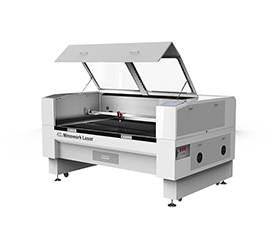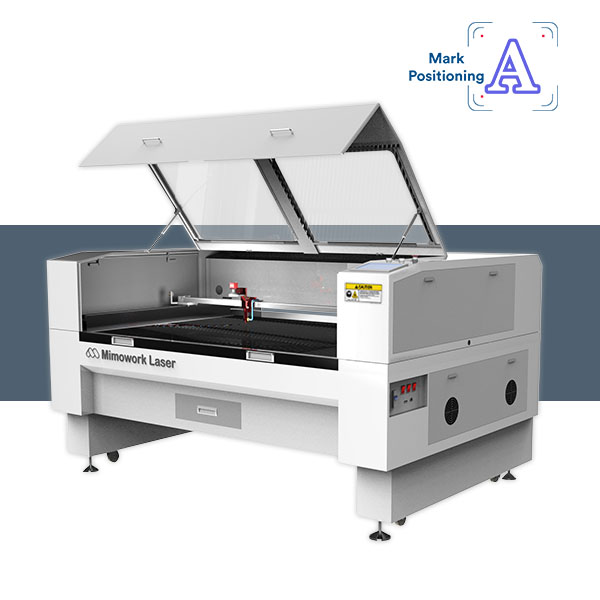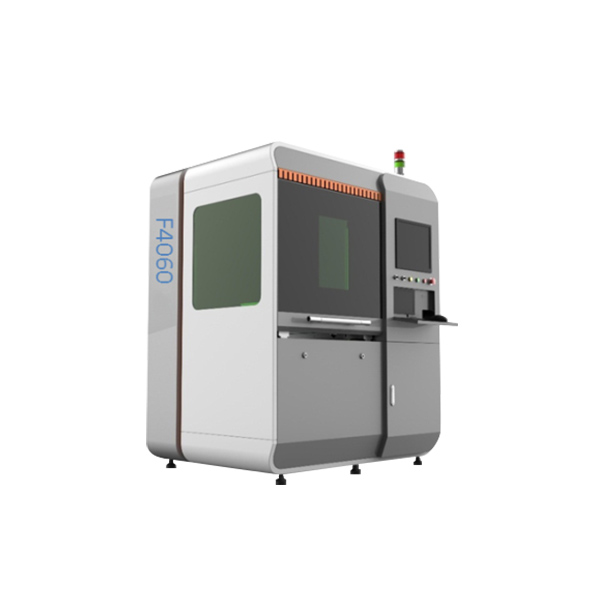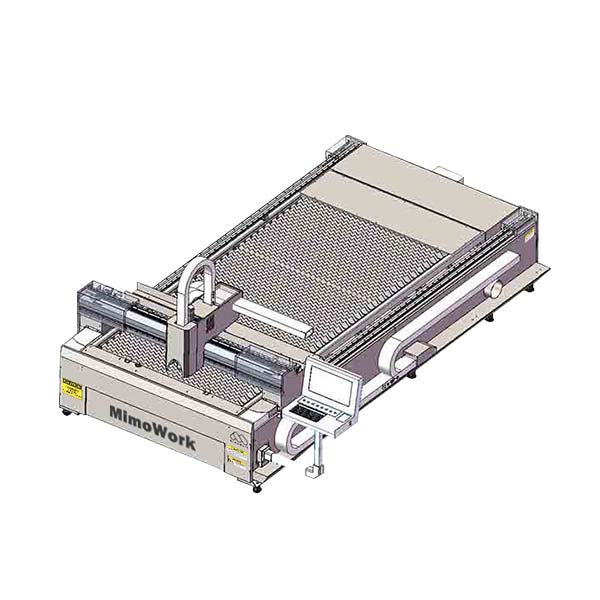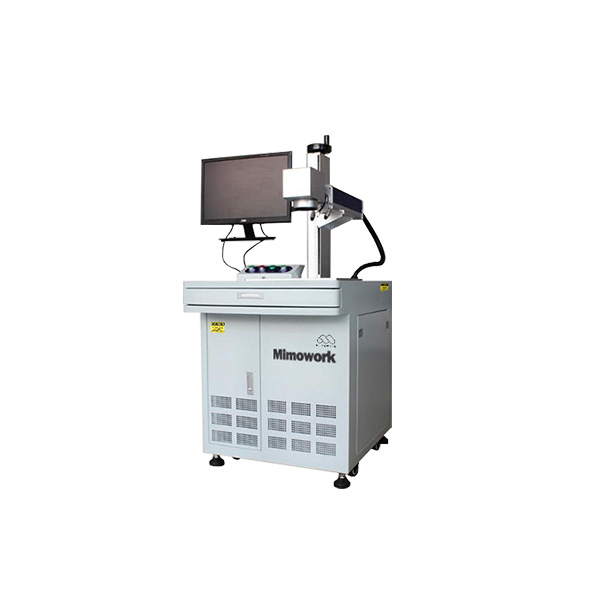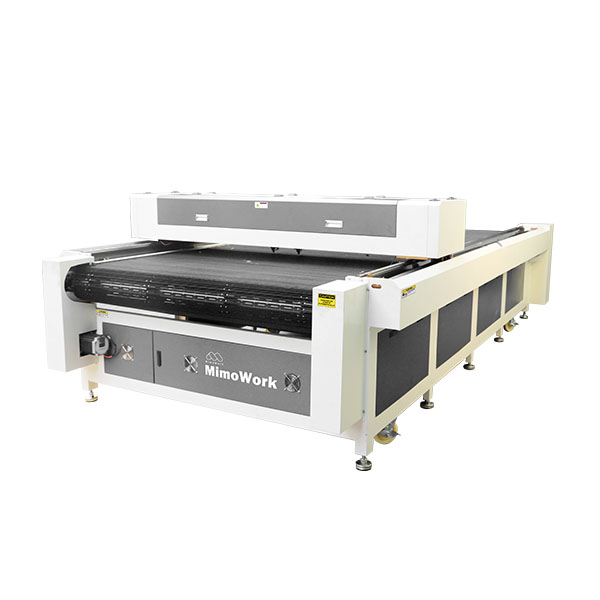China Wholesale Laser Marking And Engraving Factories Quotes - Industrial Wood Laser Cutter for Large & Thick Wood(Up to 30mm) – MimoWork Laser
China Wholesale Laser Marking And Engraving Factories Quotes - Industrial Wood Laser Cutter for Large & Thick Wood(Up to 30mm) – MimoWork Laser Detail:
▶ Large format laser cutter for wood
Technical Data
|
Working Area (W * L) |
1300mm * 2500mm (51” * 98.4”) |
|
Software |
Offline Software |
|
Laser Power |
150W/300W/500W |
|
Laser Source |
CO2 Glass Laser Tube |
|
Mechanical Control System |
Ball Screw & Servo Motor Drive |
|
Working Table |
Knife Blade or Honeycomb Working Table |
|
Max Speed |
1~600mm/s |
|
Acceleration Speed |
1000~3000mm/s2 |
|
Position Accuracy |
≤±0.05mm |
|
Machine Size |
3800 * 1960 * 1210mm |
|
Operating Voltage |
AC110-220V±10%,50-60HZ |
|
Cooling Mode |
Water Cooling and Protection System |
|
Working Environment |
Temperature:0—45℃ Humidity:5%—95% |
|
Package Size |
3850mm * 2050mm *1270mm |
|
Weight |
1000kg |
▷ Features of 1325 Laser Cutter
A Giant Leap in Productivity
◾ Stable & Excellent Cutting Quality

◾ High Efficiency and Precision
◾ Durable and Long Service Life
◾ High Speed Processing
Why choose MimoWork Laser
130250 laser machine details comparison
|
|
Other manufacturer’s |
MimoWork laser machine |
|
Cutting speed |
1-15,000mm/min |
1-36,000mm/min |
|
Position accuracy |
≤±0.2mm |
≤±0.05mm |
|
Laser power |
80W/100W/130W/150W |
100W/130W/150W/300W/500W |
|
Laser path |
Half-fly laser path |
Constant optical path |
|
Transmission system |
Transmission belt |
Servo motor + ball screw |
|
Driving system |
Step driver |
Servo motor |
|
Control system |
Old system, out of the sale |
New popular RDC control system |
|
Optional electrical design |
No |
CE/UL/CSA |
|
Main body |
Traditional welding fuselage |
Reinforced bed, the overall structure is welded with 100mm square tube, and undergoes vibration aging and natural aging treatment. |
Samples From Wood Laser Cutter
>> Learn more wood laser cutting
Suitable wood materials
MDF, Basswood, White Pine, Alder, Cherry, Oak, Baltic Birch Plywood, Balsa, Cork, Cedar, Balsa, Solid Wood, Plywood, Timber, Teak, Veneers, Walnut, Hardwood, Laminated Wood and Multiplex
Wide applications
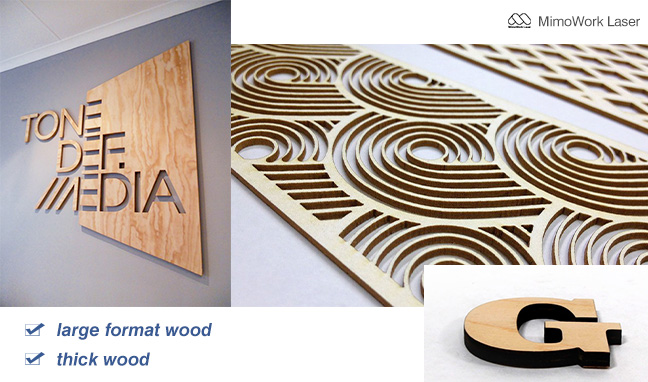
Videos | What can the laser cutter do for you?
Laser Cutting Plywood (7 layers)
Laser Engraving Photo on Wood
Get A Wood Laser Cutter to Improve Your Business
Enjoy the laser wood fun!
▶ Large format laser cutter for wood
Upgrade Options for you to choose

Auto Focus
It is mainly used for metal cutting. You may need to set a certain focus distance in the software when the cutting material is not flat or with different thicknesses. Then the laser head will automatically go up and down, keeping the same height & focus distance to match with what you set inside the software to achieve a consistently high cutting quality.
CCD Camera
The CCD Camera can recognize and position the pattern on the printed acrylic, assisting laser cutter to realize accurate cutting with high quality. Any customized graphic design printed can be flexibly processed along the outline with the optical system, playing an important part in advertising and other industry.
Related Questions: You Might Be Interested In
2. What thickness of wood can a CO2 laser cutting machine handle effectively?
CO2 laser cutting machines are versatile and can handle a range of wood thicknesses. However, the ideal thickness often depends on the laser power of the machine. For a standard 150W CO2 laser cutter, you can effectively cut wood up to 20mm in thickness. If your project involves thicker wood, consider a machine with higher laser power to ensure a clean and efficient cut.
>> Video Showcase: 25mm Laser Cut Plywood
3. Are there any safety precautions I should take when laser cutting thick wood?
Yes, safety is paramount when working with lasers. Ensure proper ventilation in your workspace to remove fumes generated during the cutting process. Always wear appropriate personal protective equipment (PPE), including safety glasses. Additionally, make sure the wood is free from any coatings, finishes, or chemicals that might produce harmful fumes when exposed to the laser.
>> You Might be Interested in: Fume Extractor
Wood Cutting: CNC Routers VS Laser
1. Advantages of CNC Routers
Historically, one of the primary benefits of opting for a router as opposed to a laser was its ability to achieve precise cutting depths. A CNC router offers the convenience of vertical adjustments (along the Z-axis), allowing for straightforward control over the depth of the cut. In simpler terms, you can adjust the cutter’s height to selectively remove only a portion of the wood’s surface.
2. Disadvantages of CNC Routers
Routers excel in handling gradual curves but have limitations when it comes to sharp angles. The precision they offer is constrained by the radius of the cutting bit. In simple terms, the width of the cut corresponds to the size of the bit itself. The smallest router bits typically have a radius of approximately 1 mm.
Since routers cut through friction, it’s crucial to securely anchor the material to the cutting surface. Without proper fixation, the router’s torque can result in the material spinning or shifting abruptly. Typically, wood is fastened in place using clamps. However, when a high-speed router bit is applied to tightly-clamped material, significant tension is generated. This tension has the potential to warp or harm the wood, presenting challenges when cutting very thin or delicate materials.

3. Advantages & Disadvantages of Laser

Similar to automated routers, laser cutters are controlled by a CNC (Computer Numerical Control) system. However, the fundamental distinction lies in their method of cutting. Laser cutters do not rely on friction; instead, they cut through materials using intense heat. A high-energy light beam effectively burns through wood, as opposed to the traditional carving or machining process.
As previously noted, the width of a cut is determined by the size of the cutting tool. While the smallest router bits have a radius of slightly less than 1 mm, a laser beam can be adjusted to have a radius as small as 0.1 mm. This capability allows for the creation of extremely intricate cuts with remarkable precision.
Because laser cutters utilize a burning process to cut through wood, they yield exceptionally sharp and crisp edges. Although this burning can lead to some discoloration, measures can be implemented to prevent undesired burn marks. Additionally, the burning action seals the edges, thereby minimizing the expansion and contraction of the cut wood.
>> Related Article: Tips for Cutting Thick Wood with Precision
Related Laser Machine
for wood and acrylic laser cutting
Flatbed Laser Cutter 130
• Fast & precise engraving for solid materials
• Two-way penetration design allows ultra-long materials placed and cut
for wood and acrylic laser engraving
Desktop Laser Engraver 70
• Light and compact design
• Easy to operate for beginners
Learn More about Wood Laser Cutter
Related Articles
The Artistry of Wood Marking and Engraving & Choosing the Right Canvas
Mastering Precision: How MDF Laser Cutting Elevates Your Projects
Frank’s Journey with Mimowork’s 1390 CO2 Laser Cutting Machine
Achieve your laser cutter wood designs
Click here to learn the wood laser cutting machine price
Product detail pictures:

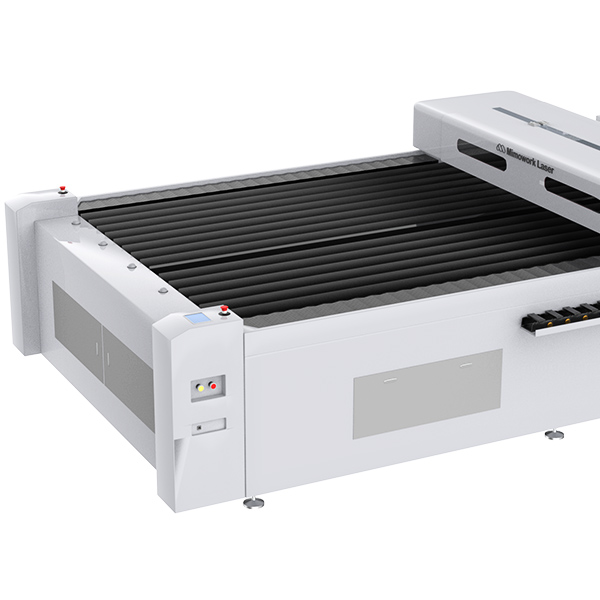

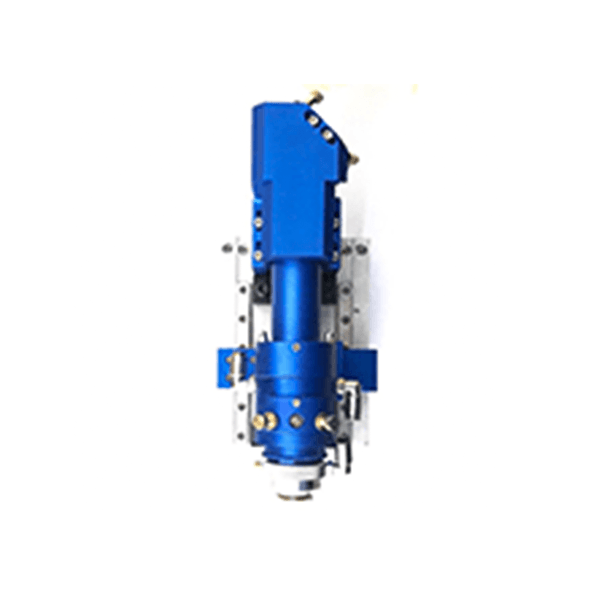
Related Product Guide:
We've one of the most advanced generation tools, experienced and qualified engineers and workers, recognized good quality manage systems and a friendly skilled product sales workforce pre/after-sales support for China Wholesale Laser Marking And Engraving Factories Quotes - Industrial Wood Laser Cutter for Large & Thick Wood(Up to 30mm) – MimoWork Laser , The product will supply to all over the world, such as: Irish , Bogota , Oman , Based on our automatic production line, steady material purchase channel and quick subcontract systems have been built in mainland China to meet customer's wider and higher requirement in recent years. We are looking forward to cooperating with more clients worldwide for common development and mutual benefit!Your trust and approval are the best reward for our efforts. Keeping honest, innovative and efficient, we sincerely expect that we can be business partners to create our brilliant future!
The factory workers have rich industry knowledge and operational experience, we learned a lot in working with them,we are extremely grateful that we can encount a good company has excellent wokers.



